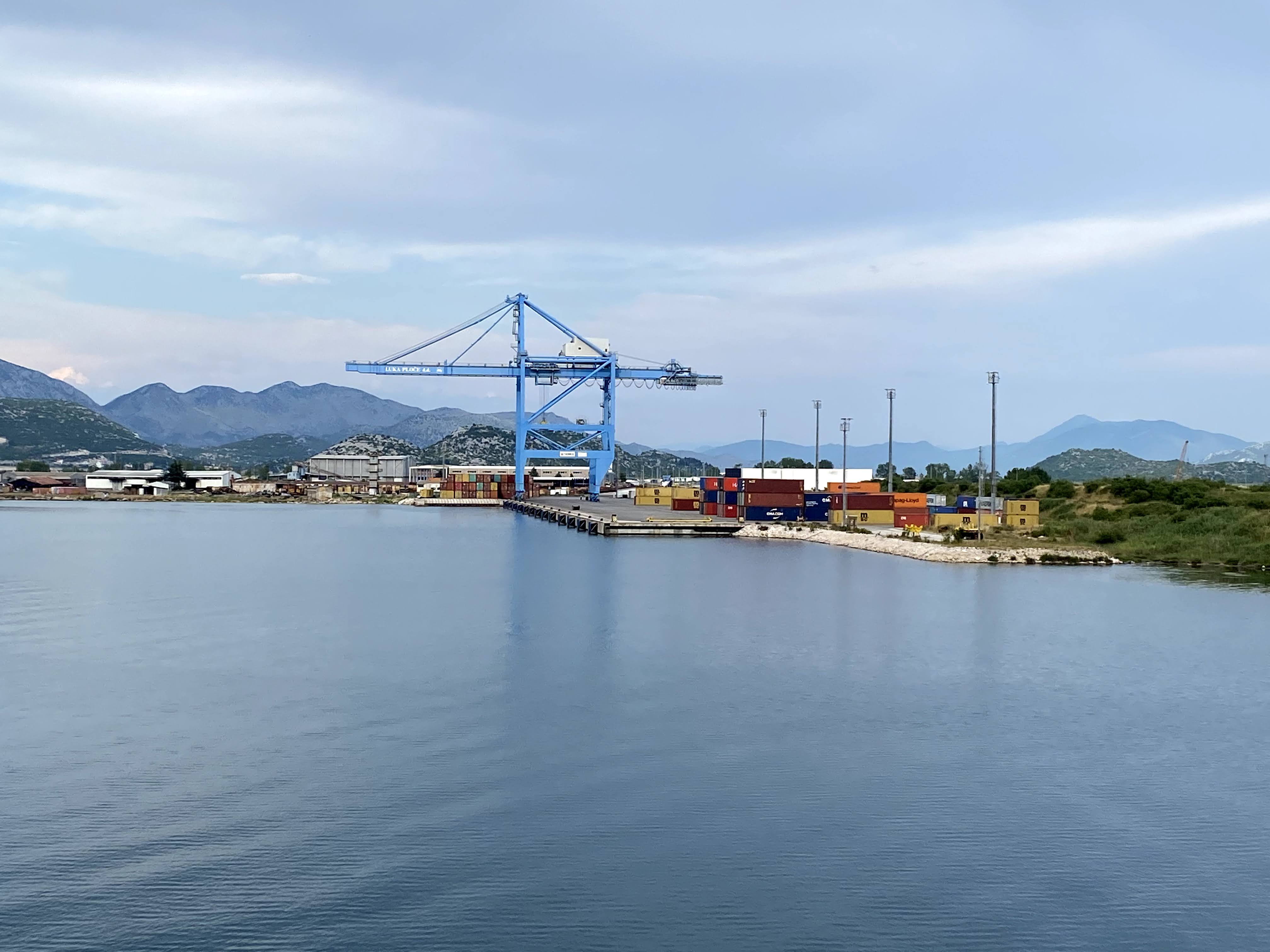|
Today's Opinions, Tomorrow's Reality
Medieval Borders By David G. Young Ploce, Croatia, June 10, 2021 -- A new bridge linking southern Croatia with the mainland bypasses a 300-year-old strategic corridor. The cable stay bridge rising across the water just south of this Croatian Port City is in an unlikely place. Its two kilometer expanse crosses the narrow Mali Ston Bay, only 25 kilometers north of an existing road around the end of the bay. Why not just drive around?
The answer is Bosnia and Herzegovina. A tiny corridor of land connects that mostly landlocked nation with the sea at this bay, cutting off land access to Croatia’s southernmost coastal strip and the city of Dubrovnik. Travelers inside Croatia have the option of going through customs checkpoints twice at the beginning and end of the corridor around the Bosnian town of Neum, or taking an hour long ferry between the Croatian town of Trapanj and the industrial and container port of Ploce. The silliness of this Bosnian corridor to the sea comes to light when you consider it does not even serve as a cargo port. Shipping containers bound for Bosnia are unloaded at the Croatian port of Ploce where a railhead goes across the border to the Bosnian city of Mostar and on to the capital of Sarajevo.
Instead, the land corridor is an accident of Medieval history. 300 years ago, the Ottoman Empire (which then ruled Bosnia) strong-armed the Republic of Ragusa, then it’s vassal state to cede it a narrow corridor to the Adriatic Sea, preventing the possibility of land invasion from the Republic of Venice just to the north. All three of these feuding medieval states no longer exist, yet the corridor remains. Today, it is an impediment to the flow of people and goods inside Croatia and the European Union to which it belongs. During the coronavirus pandemic, the corridor created even more problems. Italy created quarantine restrictions for people who had visited Bosnia in the prior two weeks, effectively extending the restriction to anyone going from southern Croatia crossing through the corridor on the way to Italy. The alternative for travelers is to avoid Bosnia via the ferry. In the future, the bridge will provide another option. None of this sits well with the Bosniaks who live in the heartland of the multi-ethnic country. Some Bosniaks see the bridge as permenantly cutting off the country’s access to the sea, and would like to leave open the option of building a cargo port in Neum in the future.1 The ethnic Croatians who populate the town of Neum express no interest in turning the quiet fishing town into a container port, although they probably have mixed feelings about their ethnic compatriots bypassing them with a bridge. And regardless of what Bosnia’s residents think, with the project nearing a projected completion date next summer, the chances of stopping it seem nil. All of this seems like a colossal waste of money just to avoid customs checks crossing a narrow corridor. Couldn’t the countries involved just come to a free passage agreement perhaps with express lanes on a land highway? Apparently not. If there is one thing the region’s wars in the 1990s taught us, you cannot count on the Balkan countries to resolve their disputes with reason and amicable settlements. Notes: 1. Anadalu Post, ANALYSIS - A Bridge Too Close? The Geopolitics of the Peljesac Bridge March 3, 2021 |



